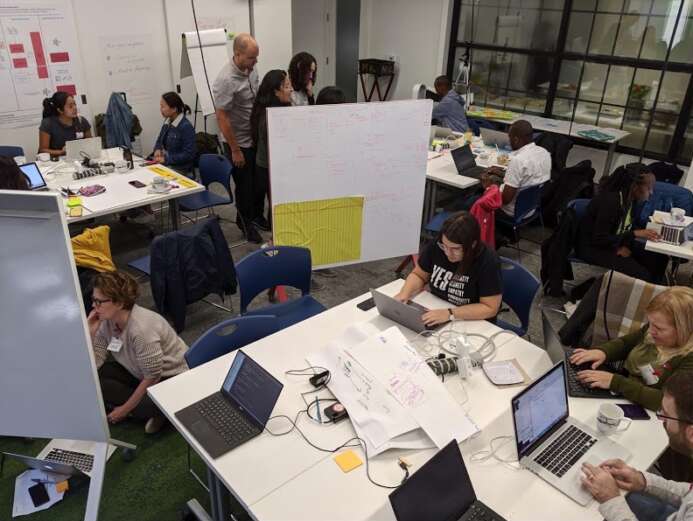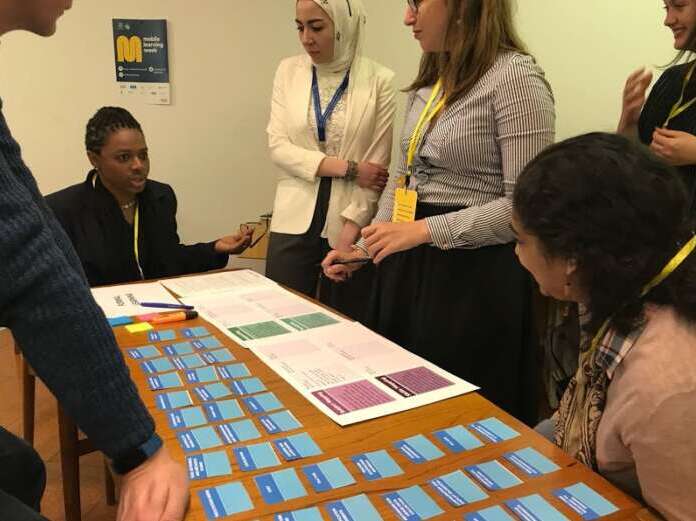In Focus
Featured Organizations: Learning Equality & UNHCR
Maximizing the Utility of OERs: An exploration into curriculum alignment, collaboration, and machine learning
Written by: Lauren Lichtman (Partnerships Lead, Learning Equality) and Jacqueline Strecker (Connected Education Officer, UNHCR)
As we know, 2020 saw an unprecedented closure of schools, impacting over 1 billion students around the world at its peak. In the largest push ever towards continuity of learning, governments and educators turned to digital forms of home-based learning. A key component within many of these efforts—no matter what form they took—was the use of Open Educational Resources (OER).
OER are free learning resources that can be modified by anyone and are usually found in a digital format. Considering these advantages—particularly for low-resource settings—why haven’t they become a regular feature of digital learning? UNHCR and Learning Equality have jointly been investigating this question in depth since 2017. Our goal has been to understand how to best support communities where limited resources, capacity, and internet connectivity inhibit learning.
The Challenge
After an initial consultation aiming to understand the needs for learning platforms in low-resource contexts, including emergency and crisis settings, we started our collaboration to answer this question by setting up a digital learning intervention providing science, math, and life skills OER in Kenya and Jordan through Kolibri, an end-to-end suite of products and tools for offline-first teaching and learning. Aligning OER to national curriculum standards was always part of the plan, but when we started to co-design with local educators on this project, we expanded our understanding of its intricacies and underlying needs
When OER are aligned, they’re organized—labeled, sequenced, tagged, and selected—in a way that lets users understand how they correspond to curricular objectives. While textbooks are created aligned, open digital resources often aren’t, so alignment takes the form of an additional step: one that makes the connection between the new materials and the official curriculum clear.
Because of this, alignment is a key step in having collections of unfamiliar materials approved by governments for classroom use. It also assists in saving teachers’ time and expanding capacity for lesson planning, as it enables adoption of new digital interventions. When involved with alignment, governmental expertise can assist in vetting the alignment process, and improves the overall outcomes and relevance of this work – for both refugee and host community learners.

Developing our Approach
We’ve explored the alignment of OER from multiple angles, and our aim is to share public goods that aren’t just about our work, but contribute to other OER and digital learning initiatives.
In 2018, we explored what exactly it meant for resources to be aligned, and how to best find aligned resources, with educators at Kakuma Refugee Camp in Kenya. We held a series of intensive workshops and co-design activities aimed at delving deeper into the specifics: how do people orient themselves in digital collections? What digital literacy skills and time do these processes take? These educators shared their expertise in these issues and walked us through how they organized resources for digital learning themselves.
At the same time, we conducted alignment efforts of our own to understand them in detail. In Jordan, our efforts were led by Madrasati, an initiative of Queen Rania dedicated to supporting learning in under-resourced schools working with the Ministry of Education in aligning over 20 sources of Arabic material to the Jordanian curriculum standards. In Kenya, we collaborated with educator Wanjira Kinuthia, who aligned the Kolibri Content Library to the Kenyan curriculum in the areas of science, life skills, and mathematics.
In both countries, this resulted in specialized OER collections that are both aligned and vetted, with government support, for use as supplemental resources within Kenyan and Jordanian schools.
The Approach Today
As we pursued these efforts, we became conscious of the time and effort it took for our collaborators to prepare aligned collections. So alongside Google.org, Vodafone Foundation, and UNESCO, we began to explore one way to make the process faster: utilizing machine learning to provide recommendations for content that pertains to particular places within a curricular standard. From our consultations in Kakuma, we knew educators would rather spend the limited time they had to dedicate on the more engaging aspects of content preparation, like envisioning lesson plans and determining appropriate grade levels, and we considered machine learning one way to facilitate this.
We knew this problem was multifaceted, so we were interested in bringing together perspectives from other digital education platforms, library and information scientists, machine learning engineers, and teachers in difficult educational settings. In 2019, we held a design sprint and hackathon at UNESCO Headquarters Paris and Google San Francisco, bringing together nearly 100 participants from over a dozen countries to collaborate, design, and prototype solutions to address the needs of optimizing the alignment process in an automated fashion.
In the end, we developed an algorithm to gauge similarity between curricular objectives, and a test interface to log judgments of curricular relevance. These judgments, along with the actual aligned channels the expert curators had completed in Jordan and Kenya, are contributing to training the algorithm, which can aid curators in the time-consuming and vital process of alignment.
To support this, we also realized the need to better understand and leverage the curriculum standards documents that exist. When these documents are machine readable, it enhances its potential use. As a result and building on previous efforts in this area, we developed a new organizational system to lay the foundation for digitizing curriculum standards in countries where they are not yet available. This is outlined in a newly-published report which also includes a clear set of actions to grow and contribute to curricular data, including by browsing representative data samples, and contributing curriculum documents for potential digitization.
An Ongoing Effort
We’re now taking this one step further to understand linkages between individual content items and where they are mapped to different parts of the curriculum. We’re collaborating with researchers at UC Berkeley who are looking at the underlying data from manual alignment of resources from the Kolibri Content Library to various national curricula, based on the alignment efforts mentioned above and others carried out against the curricula in Chile, Ghana, and Honduras, to improve these machine learning models.
As is evident, the approach of semi-automating the alignment process to assist experts with selecting the right content is a complex process with many contributors and steps. We have learned during this collaboration, particularly working with teams of educators, how the process of making thousands of judgments to determine curricular relevance manifests in practical decisions.
It’s our hope that this work can be a source of great opportunity, of time saved and used more effectively, and of ways to engage educators not in a tedious and necessary preparatory task, but to powerfully use their expertise in the blended learning practices that can ultimately unlock the potential of OER.
This blog was initially envisioned by and in collaboration with Shivi Chandra, Learning Equality’s former Curriculum Specialist. Click here to learn more about this joint effort, and some of the research and public goods created to date. You can contact us at design2align@learningequality.org.



